Alright – so today we’ve got the honor of introducing you to Maddie Morrill. We think you’ll enjoy our conversation, we’ve shared it below.
Maddie, appreciate you joining us today. We’d love to hear about when you first realized that you wanted to pursue a creative path professionally.
I wish I could say that an art career has been my goal since I was a child, but to be honest, I only realized an art career was where I was meant to be once I was on the right path! Throughout my childhood, I covered my homework and notes in doodles, and I would Sharpie designs onto my friends’ arms in high school, but I never considered it a viable job option. I remember some friends and family claiming that getting an art degree was a “joke”. As a result, when I was preparing to graduate, I was at a loss over what I was going to do next. There was no particular subject I wanted to pursue in college, until I won the Kansas City Art Institute (KCAI) Scholarship at the National K-12 Clay Exhibition. I was encouraged by my parents to pursue an art-related career, and I was convinced. That was when I started to believe I could make a living out of doing what I loved. I went into the Illustration program my sophomore year at KCAI, and during that time, I had a professor mention that I had a great portfolio and I should put the money I was paying towards college into trying to find my life path. I returned to Utah and made a list of different art-related jobs I wanted to try so I could start to cross things off. Ultimately, that is what helped me become a tattoo artist. I was nervous I wasn’t in the right profession until about six months after I started tattooing; one day, I had a “click”, and everything just felt right. There are some days where I wonder what I would be doing if it wasn’t tattooing, and I realize just how lucky I am to have discovered my passion at such a young age.
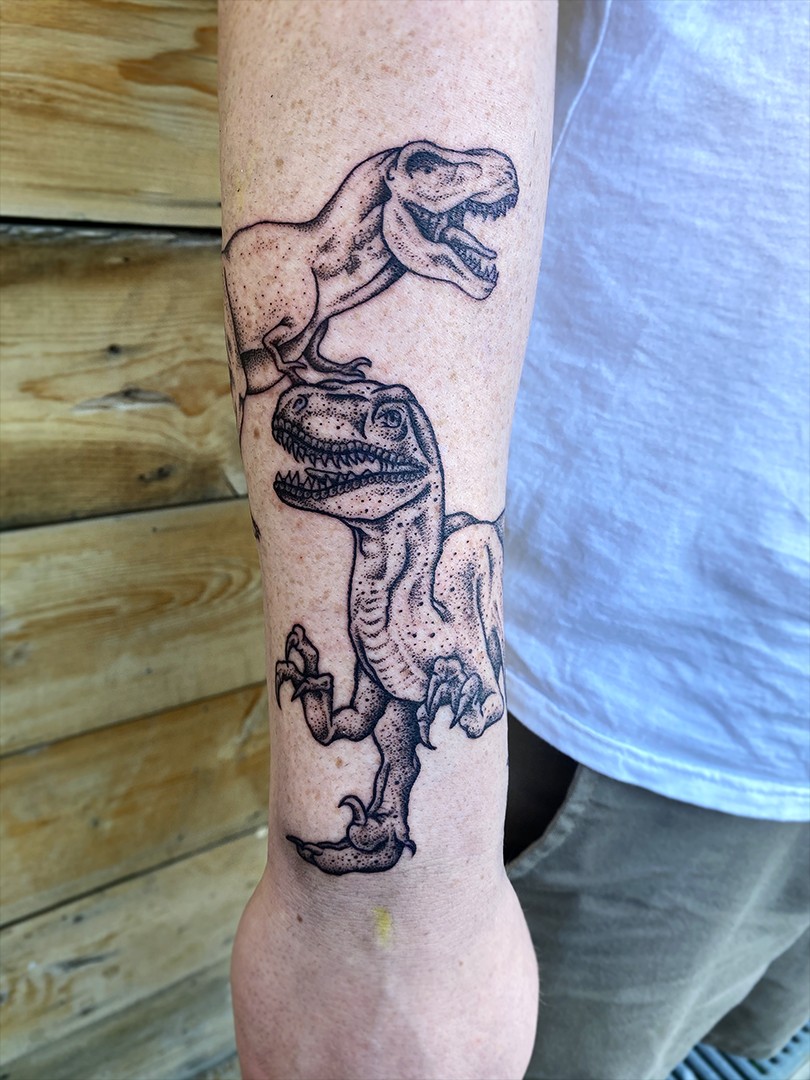
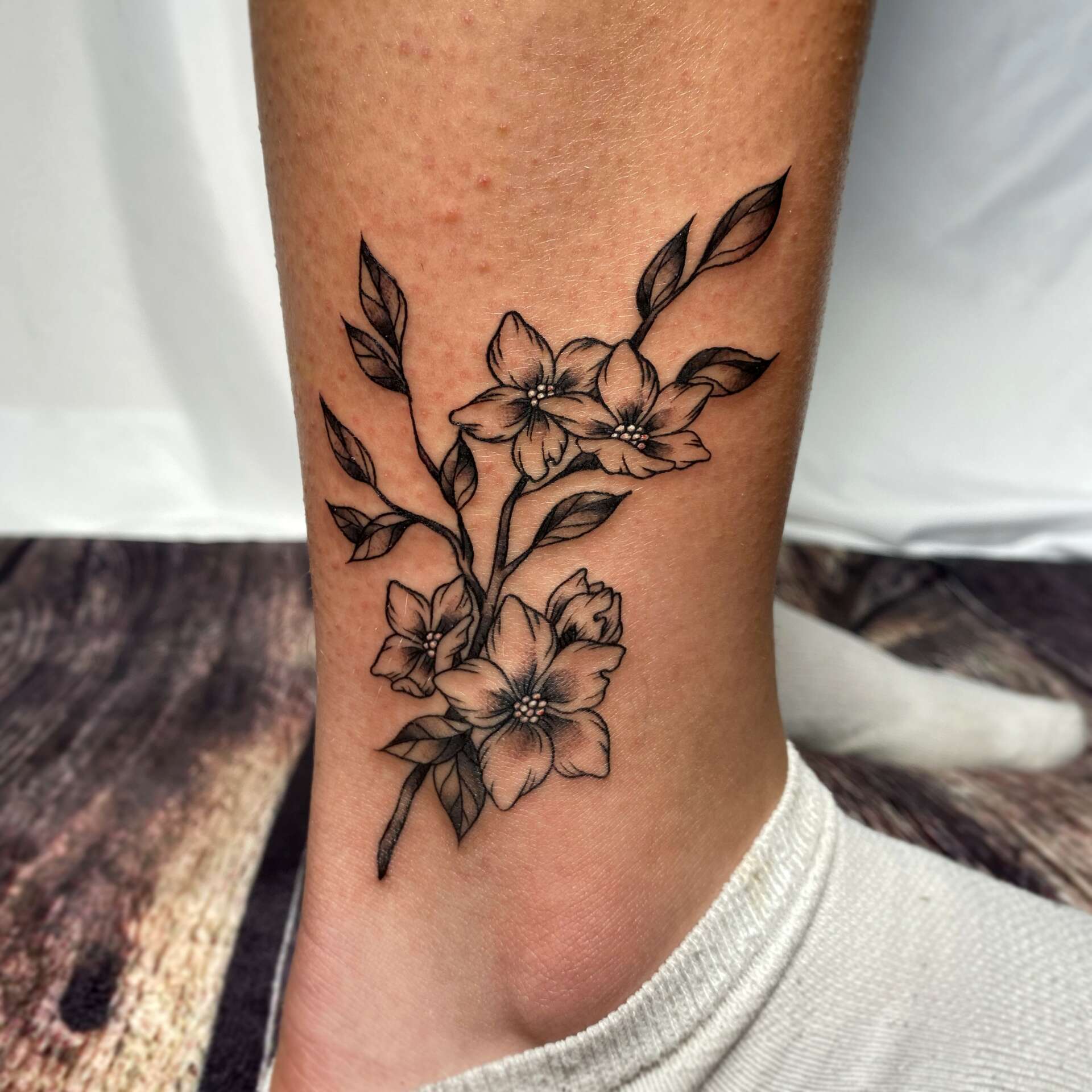
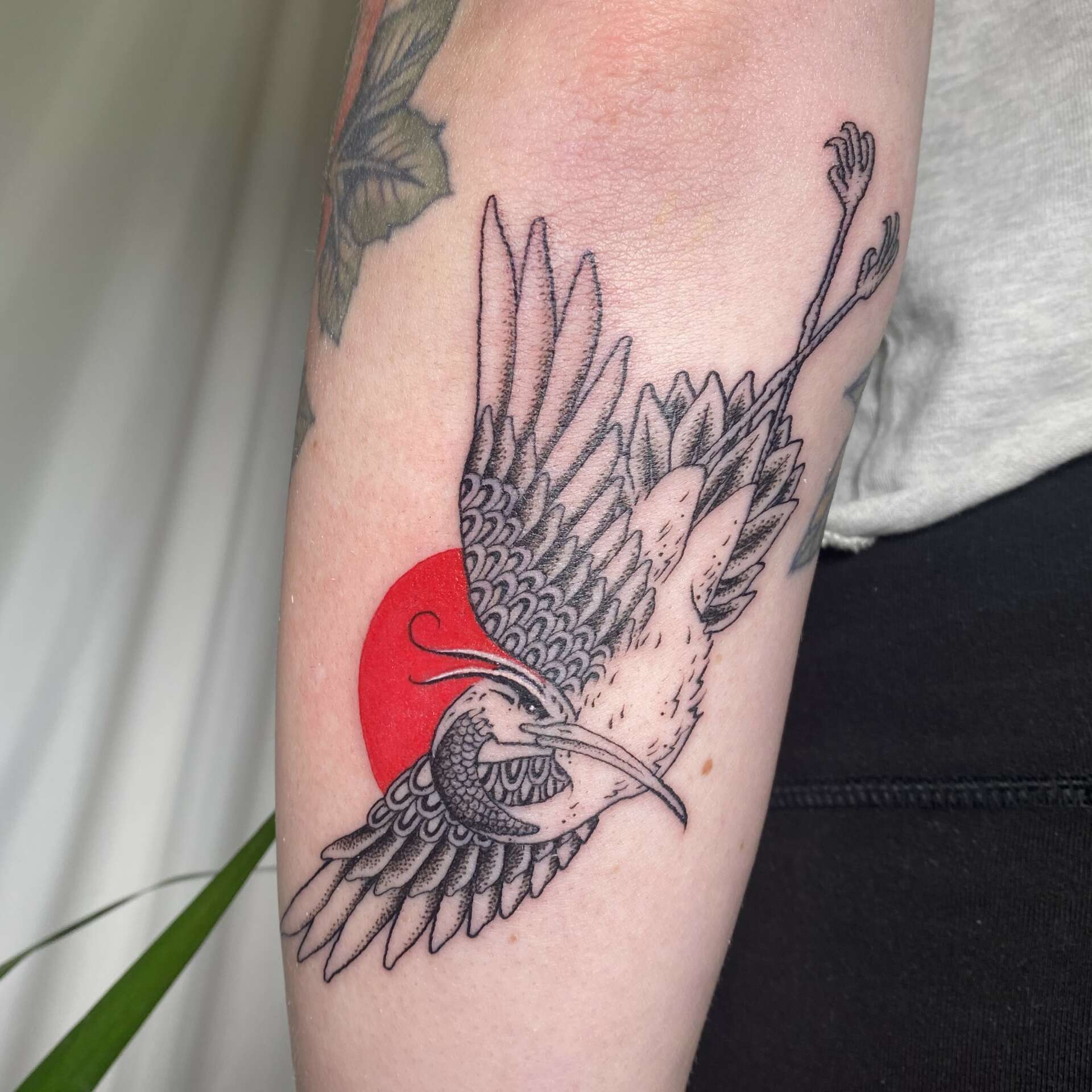
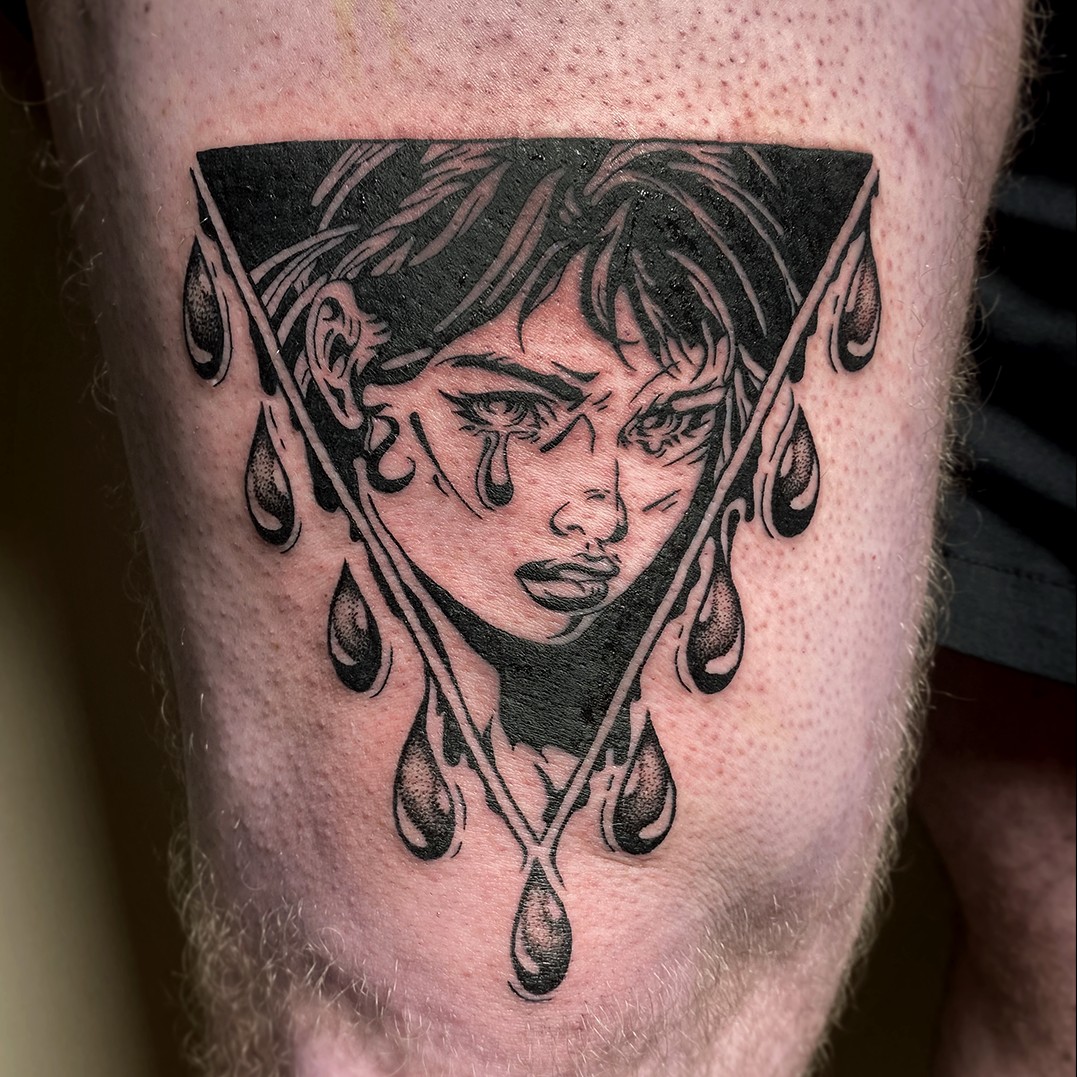
Awesome – so before we get into the rest of our questions, can you briefly introduce yourself to our readers.
I got into the tattoo industry with a mix of hard work and luck. When I was a sophomore at the Kansas City Art Institute (KCAI), I had a professor advise me to leave school and use the money I was paying for tuition to instead pursue a career. I returned to Utah with a list of art-related jobs I wanted to try. As I crossed off options over the course of a year, I also accepted interesting side-jobs on the way to see if it resulted in new opportunities. One of these jobs was custom painting Louis Vuitton pieces for clients. This job was initially one of the most stressful undertakings I had been exposed to, but it taught me life lessons that would be invaluable to me down the road. It taught me how to commit to my work as a permanent form on a valuable canvas. It wasn’t long before I realized that this wasn’t what I wanted to do forever, but I was thankful for the opportunity. The last item on my list was to participate in a local art festival, since I have a handful of friends that have made careers by traveling and selling their wares at different art shows around the country. I applied to Craft Lake City, and I ended up winning their scholarship for first-time applicants. I was given a free booth, along with a mentor who could help me set up and prepare for the show. I made some amazing connections, and on the third day of the event, I met my future tattoo mentor when he walked into my booth and bought a handful of pieces. I was an apprentice at his tattoo shop for about two years before I went my own way and started working at Cultivate Tattoo in South Jordan, Utah. I’ve been there for almost one and a half years now, and I am so grateful and excited to work with my clients every day.
Along with providing tattoos, I also do fine art on the side. I have a studio at home that I work in nearly every day, drawing, painting, or sometimes creating a sculpture or two. I try to have at least one show a year for my fine artwork, with the last few years being solely about my floral pattern illustrations. I create blackwork floral patterns that emulate the “near-far” experience, which means the piece is meant to catch a viewer’s eye and draw them in closer. As they get closer, the piece can change due to miniscule details that only become apparent as you lean in. For example: all of my drawings are filled with tiny flowers, but from a distance the patterns combined create a black and white checkerboard. I sell these original pieces after my shows, but I also sell prints, stickers, patches, pins, t-shirts, etc. My clients always get a kick out of the fact that my idea of downtime is making more art.
My professional work is where my impact on people really shines through, though. There is a lot more that goes into being a tattoo artist than just stabbing willing participants with tiny needles. Working with people takes a particular skill set so that both you and your client are happy in the end. One of the jobs I do within tattooing is helping clients decide on sizing and placement. Depending on where you place the tattoo, you have to factor in things such as how the skin will age and move over time, how the tattoo itself will age over time, and how to create a piece that looks flattering for the client. Some clients have ideas as to what they are looking for, but as the professional I have to inform them about what is going to work for them, and what is not. For instance, when lettering or images are too detailed and small, they run the risk of blending together over time, creating a black blob or letters that become unintelligible. Another aspect of my job is creating pieces of work that balance with other pieces on the client’s body, whether that be add-ons to previous pieces I have done, or working with pieces done by other artists. That is one of the most beautiful things about art in my opinion: the collaboration you can do with other people to create a full piece of art (such as a sleeve) for a person.
I believe one factor that sets me apart from other artists is my diverse art background. I started with little pencil illustrations in the margins of my school notes, moved to drawing and painting with acrylics and oils in high school, won a scholarship to KCAI through my ceramics pieces, and that is where I worked towards a double major in Illustration and Art History. After I decided to pursue a career halfway through my college experience, I was hired for a printmaking internship for a summer in New Mexico, where I assisted with creating prints for famous printmakers around the country and learned and made a lot of original artwork there myself. After my internship, I did the custom paintings on Louis Vuitton pieces while working full time at Blick Art Materials before gaining my tattooing apprenticeship. All of these things helped shape me into who I am and get me where I needed to be today. I learned color theory, precision, patience, and how to transition from 2D canvases to 3D. My ceramics background helped me understand the musculature and curvature of the human body, which helps me understand stencil placement on the curved “canvas” that is a human being. Color theory is also essential in tattooing – not only is picking colors that will age and blend well on the skin important, but I pay attention to the undertones in the client’s skin to understand what undertones may affect the colors that I use, and help me choose what will be the best palette for each individual.
I have a lot of pride in my unique background. I have worked hard to get to where I am today, and I am so thankful for the trust I receive from my clients. I care deeply about my work, and I enjoy everything about the process. I love putting in as much detail as I can into each piece, whether that means creating something with 10,000 dots or just making sure each line is absolutely perfect. I also pride myself with my customer service. I worked years in the food service industry and retail before ultimately landing in my career, which taught me both patience and the listening skills needed for the client to know that I care. I believe a good tattoo is 50% great artwork, and 50% the experience you have with that piece. If a client walks away feeling unheard or unvalued, then they will remember those feelings with the art. A tattoo is also never completely from me; it’s a collaboration of sorts between me and the client. They provide the inspiration and canvas of the artwork, and I provide the skill to bring it into the world.
I am proud of where my hard work has gotten me. I have worked towards the goal of being better every day, and I believe a lot of the good things that have happened in my life have been from having a positive attitude and accepting fear and failure as teaching opportunities instead of letting them get me down. I believe I still have a lot of room to grow, but I also believe that there is never a finish line to cross when it comes to art. I’ll keep working towards being a better artist every day, and enjoy the journey along the way.
What can society do to ensure an environment that’s helpful to artists and creatives?
Support artists in any way that you can, whether that be purchasing their works, sharing their works on social media platforms, or spreading information about them through word of mouth. There are plenty of ways to support artists, including but not limited to paying them for their work. One such alternate means of support would be to learn and understand the value of the artist, and why their work is priced the way it is. Some artwork might be deemed “too expensive” to some, but there is a reason that artwork is valued at that particular price. I only use the highest quality materials in my profession, meaning you will get the best quality piece I can give. I have spent almost 20 years and tens of thousands of dollars on my equipment, my schooling, my years of training, and the taxes I have to pay as a self-employed freelance artist. Gaining an understanding for why artists price the way they do is a great way to support them, because artists, given perfect understanding, would no longer have to undervalue themselves to gain income. Along with supporting your favorite artist and fellow artistic friends, if you can afford to invest in the arts in any way, that is also incredibly productive. That can be through donating your time and money to after school programs, museums, or by helping your friend with their art booth; anything can be productive if you go into it with good intentions. Another way you can be supportive is by doing something for yourself, such as taking an art class. Whether you label yourself an artist or not, art can be both educational and freeing for one’s mind. Not only does it help you get involved with understanding the industry, but also helps you gain an appreciation for what art means to people in the first place.
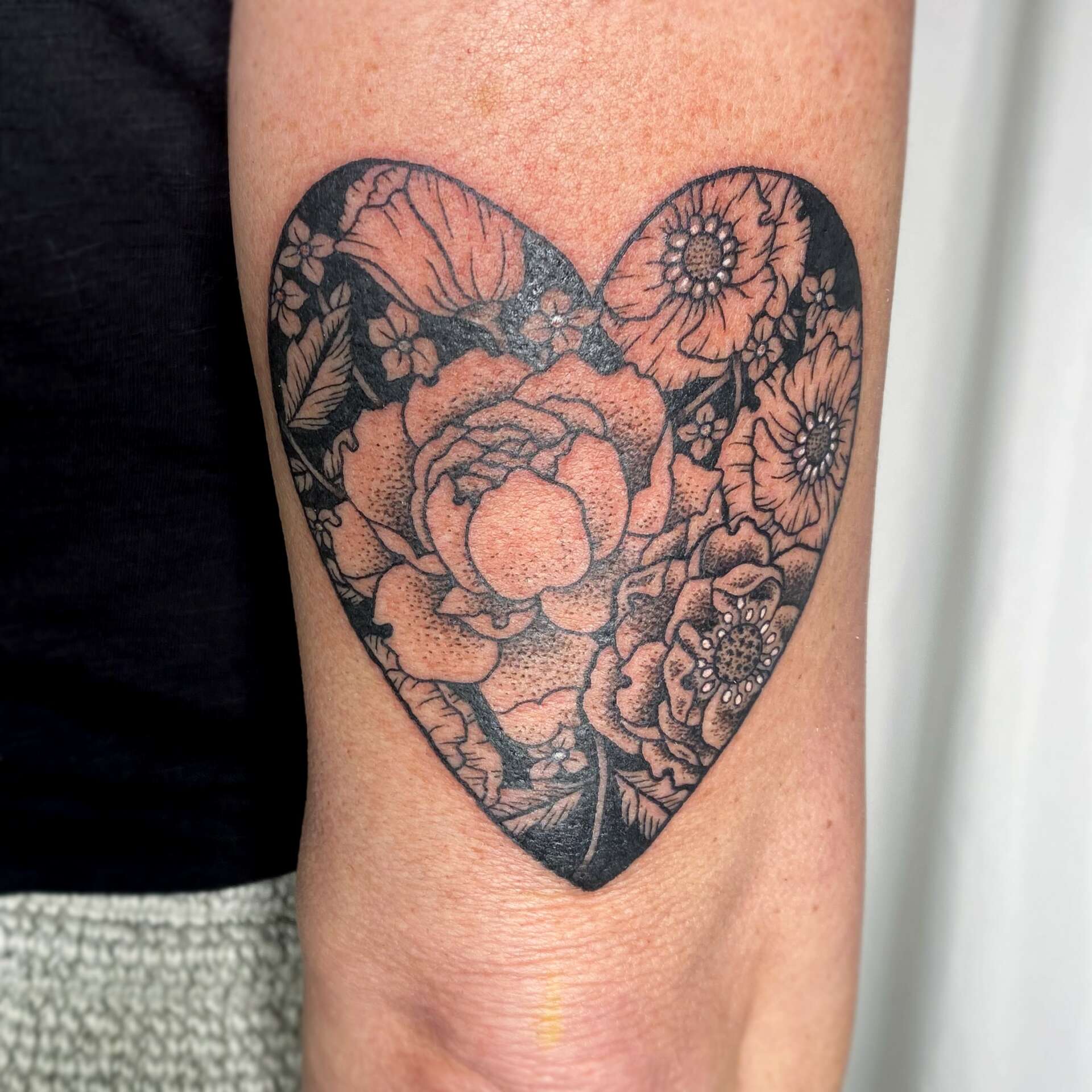

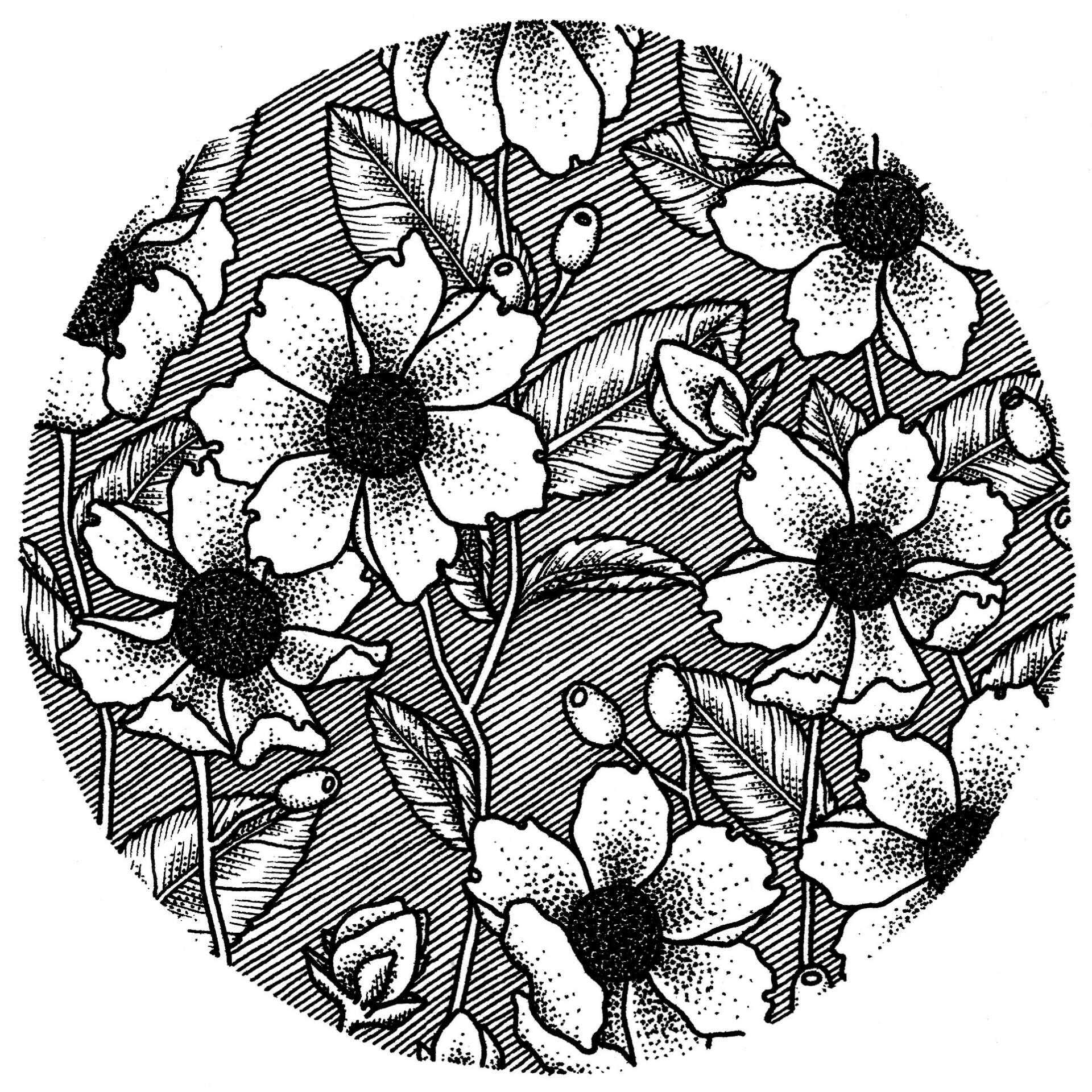
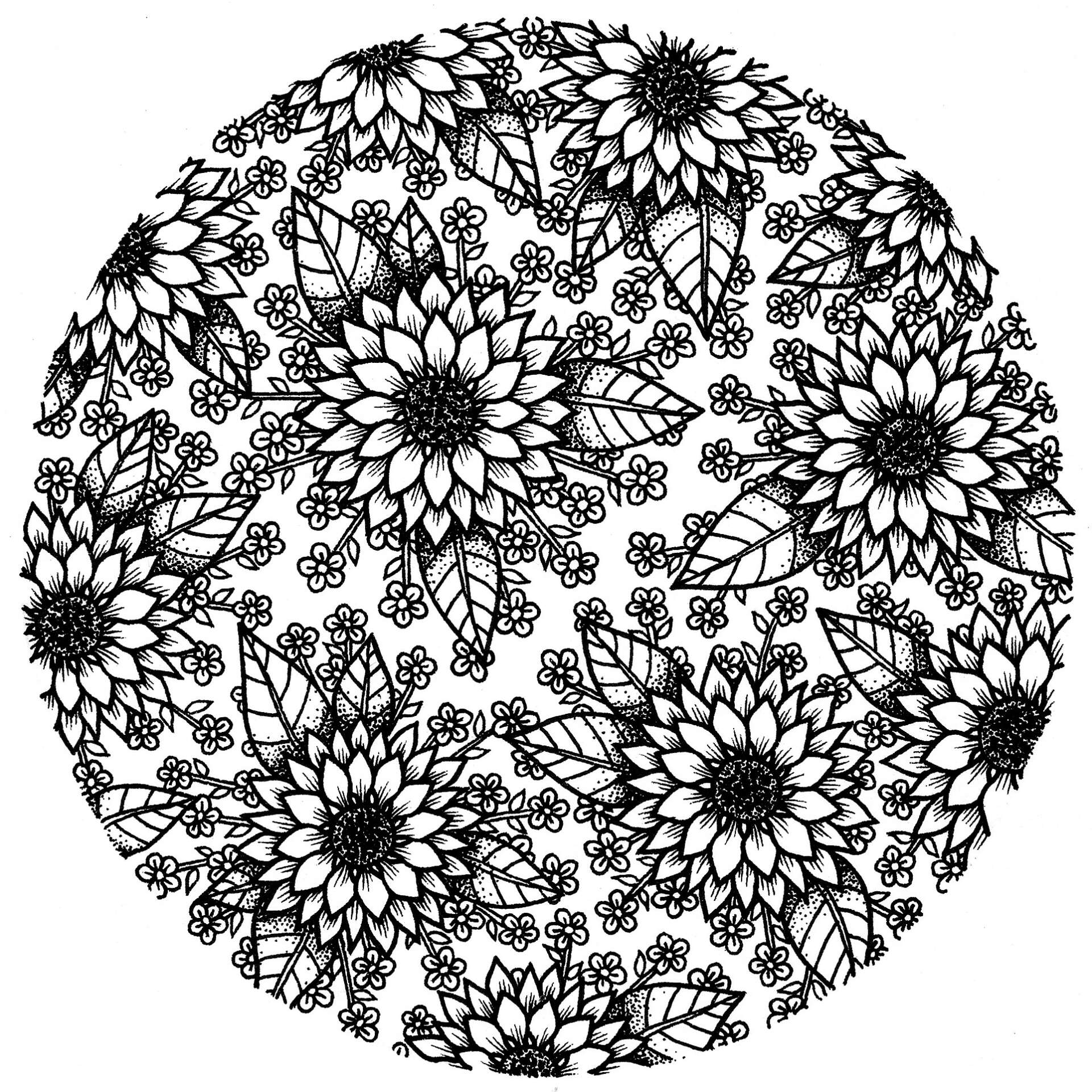
Do you think there is something that non-creatives might struggle to understand about your journey as a creative? Maybe you can shed some light?
One thing that I have found about art that some people have a hard time understanding is how much time and effort it takes to be a professional artist, or even the time, money, and effort it takes to create individual pieces. I have had to buy most of my materials since I was a kid, and I remember working odd jobs as a teenager to be able to afford the art supplies I needed for my drawings or paintings. When I worked at the art store for a few years, one thing that always surprised me was how much money it cost to start a new medium if you didn’t have any of the materials to start with. For example, if you wanted to start learning to do oil paintings, it would cost you a couple hundred bucks to buy the brushes, the paint, the canvas, the paint thinner, and more(and that’s on the cheap end of the spectrum!). Another example is within tattooing: a sleeve typically takes between 20-50 hours to complete (depending on a lot of factors), and it generally costs a couple thousand dollars. Drawing precise lines on something as big as an arm takes a lot of time!
I also have clients mention to me that they “could never do what I do”, and although I appreciate the sentiment, I also have to reiterate that I am where I am due to the hard work and money invested over a long period of time. I have a lot of clients that do jobs that I never could do, and it is for the exact same reasons. Becoming a successful artist involves many hours of hard jobs, making connections with others, and failure. Technically, I started a handful of potential careers that I ultimately left, and although that can be seen as part of my journey, it can also be seen as a “failure”. There’s a reason why blood, sweat, and tears are mentioned by people working hard towards their goals, and art professions are no different on that matter.
Contact Info:
- Website: maddiemorrillart.com
- Instagram: @maddiemorrill_art
- Facebook: @maddiemorrillART
- Linkedin: https://www.linkedin.com/in/maddie-morrill-2238a073/
- Twitter: @kittykatmorrill
- Youtube: @maddiemorrill_art
- Other: Society6: @maddiemorrill TikTok: @maddiemorrillart
Image Credits
N/A – all photos are by me


